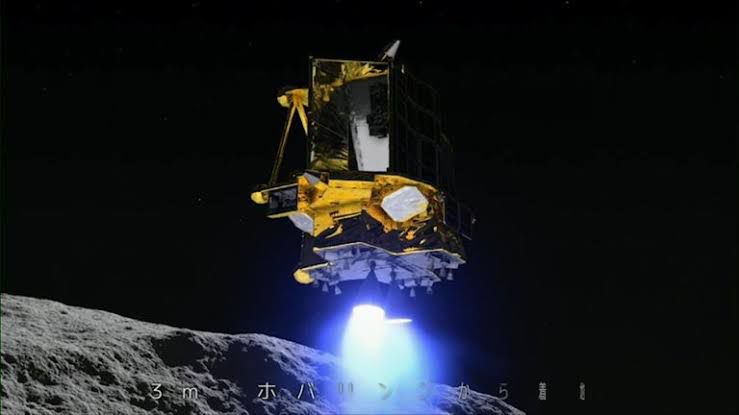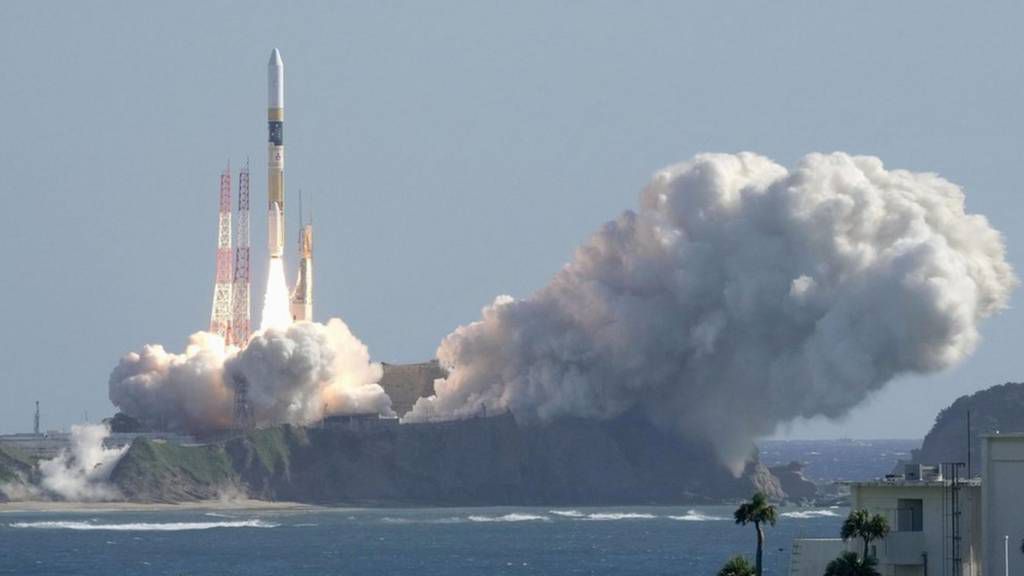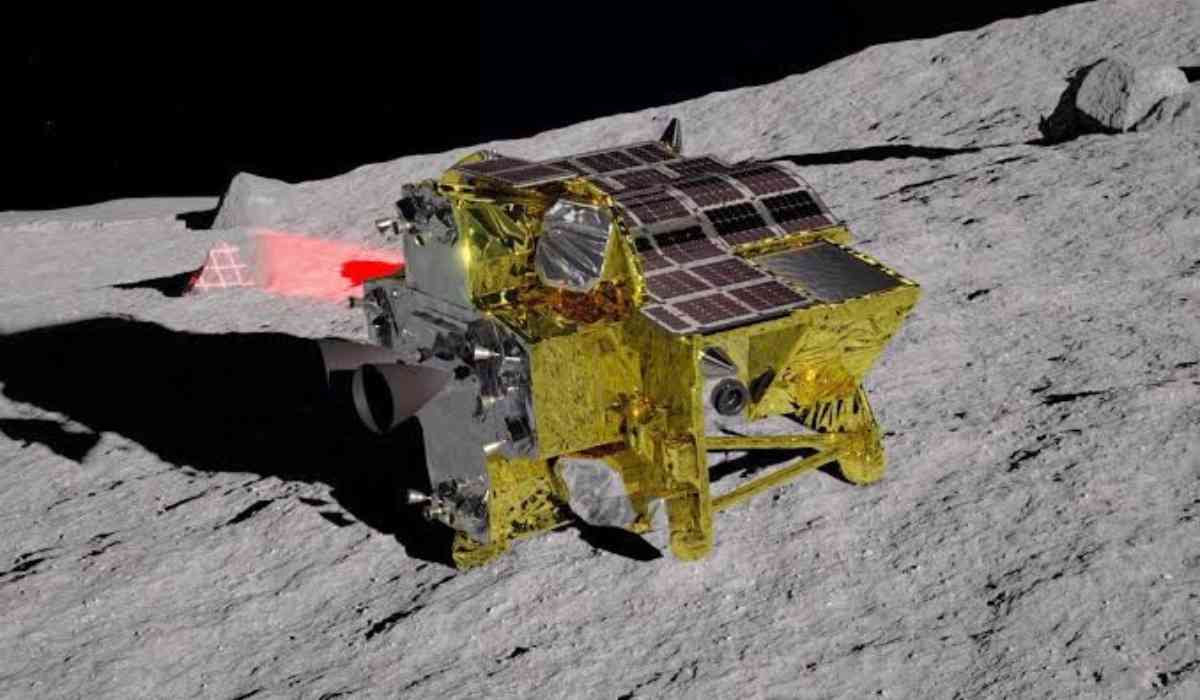Japan's Smart Lander for Investigating Moon ‘SLIM’ has successfully landed on the lunar surface, marking Japan the fifth nation in the world to achieve a soft landing on the moon.
SLIM successfully landed on the moon around 12:20 a.m. local time, making communication with Earth. However, the Japan Aerospace Exploration Agency (JAXA)’s mission aimed to showcase precision landing technology now faces challenges due to a failure in the probe's solar panels, struggling to generate electricity for operations, potentially due to incorrect angling.
“SLIM is now operating only on its battery, and we are prioritizing the transfer of its data onto Earth," stated Hitoshi Kuninaka, head of JAXA's research center. Despite implementing measures like turning off the heater to extend battery life, SLIM's power is expected to last only a few hours. JAXA remains cautious about taking risky actions to address the power crisis.
The space agency hopes that adjusting the solar panels' angle as the lunar surface receives sunlight over the next 30 days could revive functionality in the solar panels of its Smart Lander for Investigating Moon (SLIM).

Slim, also known as the "Moon Sniper," landed near the Shioli crater within the Sea of Nectar, just south of where Apollo 11 landed in 1969. It signifies a shift towards "landing where we want" rather than "landing where we can," opening possibilities for future moon explorations. This technology is considered vital for exploration particularly in hilly moon poles believed to contain valuable resources such as oxygen, fuel, and water.
The mission's success would make Japan the third country to land on the moon this century and the fifth overall, joining the ranks of the United States, Russia, China, and India.
About SLIM
SLIM, weighing 700 kg at launch, employed a vision-based navigation system, matching its camera's images with existing satellite photos for precise touchdown. The probe's "two-step landing" method involved rear parts touching the lunar surface first, followed by a controlled collapse forward for stabilization.
Slim mission aims to deploy lunar excursion vehicles, LEV-1 and LEV-2, for scientific measurements and exploration. SLIM has successfully deployed two mini-probes, a hopping vehicle and a wheeled rover, developed by Sony Group, toymaker Tomy, and Japanese universities. These probes are gradually sending images of the lunar surface back to Earth.

Japan’s other missions
Recently Japan faced major setbacks including the launch failure of its flagship rocket H3 in March 2023 that delayed missions like SLIM and a joint lunar exploration with India. India recently succeeded in making a historic landing on the moon's south pole with the Chandrayaan-3 in August.
Japan plans to collaborate with NASA's Artemis program, aiming to send an astronaut to the moon. Japan aims to achieve a prominent role in space to counteri challenges from China.
©️ Copyright 2024. All Rights Reserved Powered by Vygr Media

























